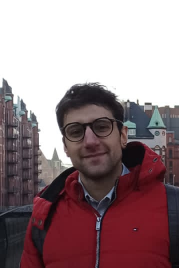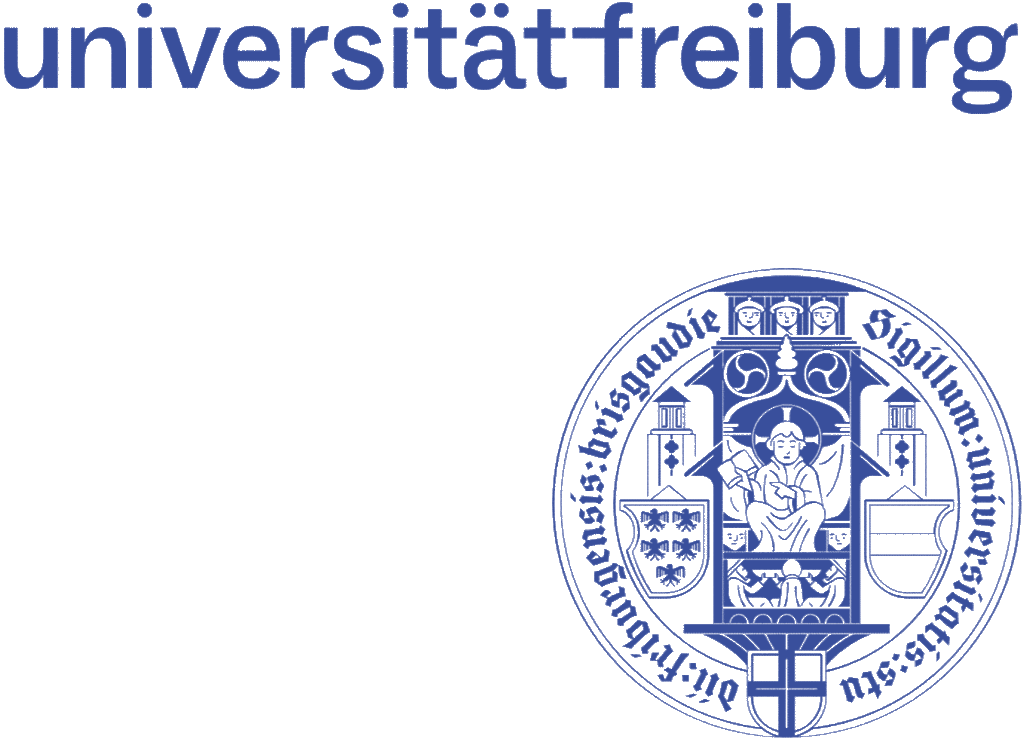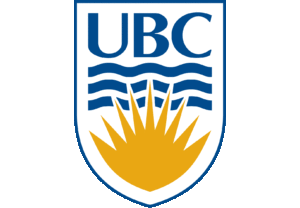
University of Freiburg
Institute of Physics
Statistical Physics of Soft Matter and Complex Systems
graziano.amati(at)physik.uni-freiburg.de
Dissipation is an ubiquitous process in nature, occurring whenever a physical system interacts with an external environment. Several theoretical techniques have been developed in the last decades to quantify dissipation in open quantum systems, and how it relates to non-Markovianity, memory effects and coherence loss. [1] Although many approaches are capable of providing a meaningful interpretation to those phenomena, the connections between different methods are often times hard to draw. A broad and relevant class of quantum-mechanical models which exhibit dissipative behavior are multi-level fermionic systems coupled to an external environment of bosonic modes. If a non-negligible entanglement between the fermionic and bosonic part of the total system occurs, the dynamics is said to exhibit nonadiabatic behavior. Nonadiabatic effects happen to be crucial in several intriguing physical processes, ranging from electron transfer, to vision, to coherence control in quantum computing. The simulation of exact nonadiabatic dynamics is a computationally intensive task, given that the amount of the numerical resources required to perform brute-force calculations scales exponentially with time and with the size of the system. [2] The numerical calculation of nonadiabatic dynamics becomes even more challenging if the dynamic equations depend explicitly on time. This scenario occurs as soon as an external field is coupled to the system, for example for probing or coherence-control purposes. [3] The goal of Graziano’s project is to establish via analytical and computational means the connections between different theoretical approaches to quantify quantum dissipation and non-Markovianity in nonadiabatic dynamical systems involving an explicit dependence on time. The project aims towards the construction of a general measure of dissipation, applicable to a broad class of models. State-of-the-art numerical techniques [4-6] are utilized to efficiently and inexpensively calculate the solution of the nonadiabatic dynamics of large systems in condensed phase.
Quellen:
[1] I. de Vega and D. Alonso, “Dynamics of non-Markovian open quantum
systems,” Rev. Mod. Phys. 89, 015001 (2017).
[2] J. E. Runeson, J. R. Mannouch, G. Amati, M. R. Fiechter, and J.
Richardson, “Spin-mapping methods for simulating ultrafast nonadiabatic
dynamics,” Chimia 76, 582–588 (2022).
[3] L. Magazzù, P. Forn-Díaz, R. Belyansky, J.-L. Orgiazzi, M. A.
Yurtalan, M. R. Otto, A. Lupascu, C. M. Wilson, and M. Grifoni,
“Probing the strongly driven spin-boson model in a super-
conducting quantum circuit,” Nature Communications 9, 1403 (2018).
[4] Y. Tanimura, “Numerically “exact” approach to open quantum
dynamics: The hierarchical equations of motion (HEOM),” J. Chem. Phys.
153, 020901 (2020).
[5] G. Amati, M. A. C. Saller, A. Kelly, and J. O. Richardson,
“Quasiclassical approaches to the generalized quantum master equation,”
J. Chem. Phys. 157, 234103 (2022).
[6] G. Amati, J. E. Runeson, and J. O. Richardson, “On detailed balance
in nonadiabatic dynamics: From spin spheres to equilibrium ellipsoids,”
arXiv preprint arXiv:2212.02382 (2022).



